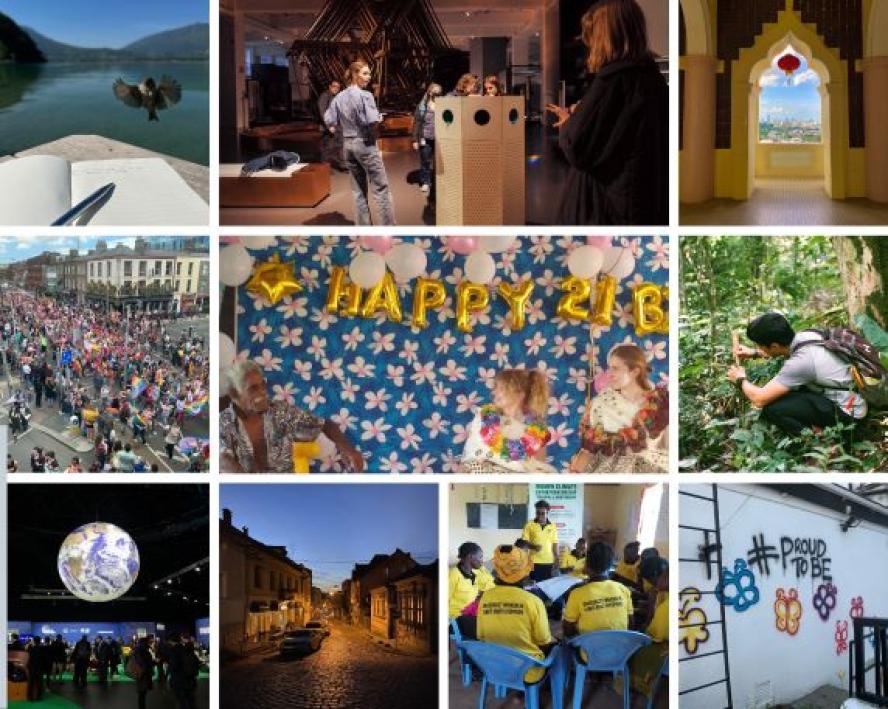Global Perspectives Photo Contest

The Global Perspectives Photo Contest is on hold for the 2023-2024 Academic Year.
Hosted by the Office of the Provost, the annual Global Perspectives Photo Contest celebrates the impact of global experiences on a Tufts education. Tufts undergraduate and graduate students may submit photos from their international experiences, such as study abroad, service learning, internships, or conducting research abroad. The contest also welcomes photos that represent global perspectives on Tufts’ campuses in Boston, Grafton, or Medford.
Winning photos are showcased each year at a rotating gallery across Tufts' campuses and online. The winning photographer in each category will receive a $100 gift card. Second place winners will receive a $25 gift card.
Overview
Information regarding rules, selection and more can be found below.
The Global Perspectives Photo Contest categories are drawn from the variety of international experiences available to Tufts students. The winning photographer in each category will receive a $100 prize. Second place winners will receive a $25 prize.
- Study Abroad
- Service Learning
- Internship
- Research
- Other
Students will write a brief reflection paragraph to describe their photograph and how their experience abroad has impacted their Tufts education.
Photos taken prior to matriculation at Tufts, post-graduation, or on personal travel abroad (i.e. vacation) are ineligible.1+4 students are eligible to submit photos.
If a student will graduate prior to the submission deadline, they may still submit photos and be awarded a prize after they graduate.
- Each student may submit up to 3 photos
- All photos should have been taken by you or have you in it
- All photos must be at least 1200x800 pixels (or 800x1200 for portraits)
- Please name your file with your name, theme, and submission number.
- ex. doe-jane-mumbai-research-Photo1
Photographs will be judged on their aesthetic value and on how well they respond to the category. Attention will be paid to ensure that photos are well representative of the University as a whole.
Winning photos will be displayed on the Global Tufts website and in a rotating exhibit on the Medford, Grafton, and Boston campuses.
We would like to use submitted photos on print materials and Tufts' websites and will ask you to give permission to use your photo upon submission.
The Global Perspectives Photo Contest is on hold for the 2023-2024 Academic Year.
Device Settings
For best results, set your phone, device, or camera to the highest capture settings. Look for the highest M or biggest pixel dimensions. Shoot RAW if possible.
Image Capture
Frame your shots and keep the camera steady. You may be able to use a burst to get more than one image at a time or a tripod to keep your device steady.
Submitting the Image
Select the highest possible settings and avoid downsizing the images.